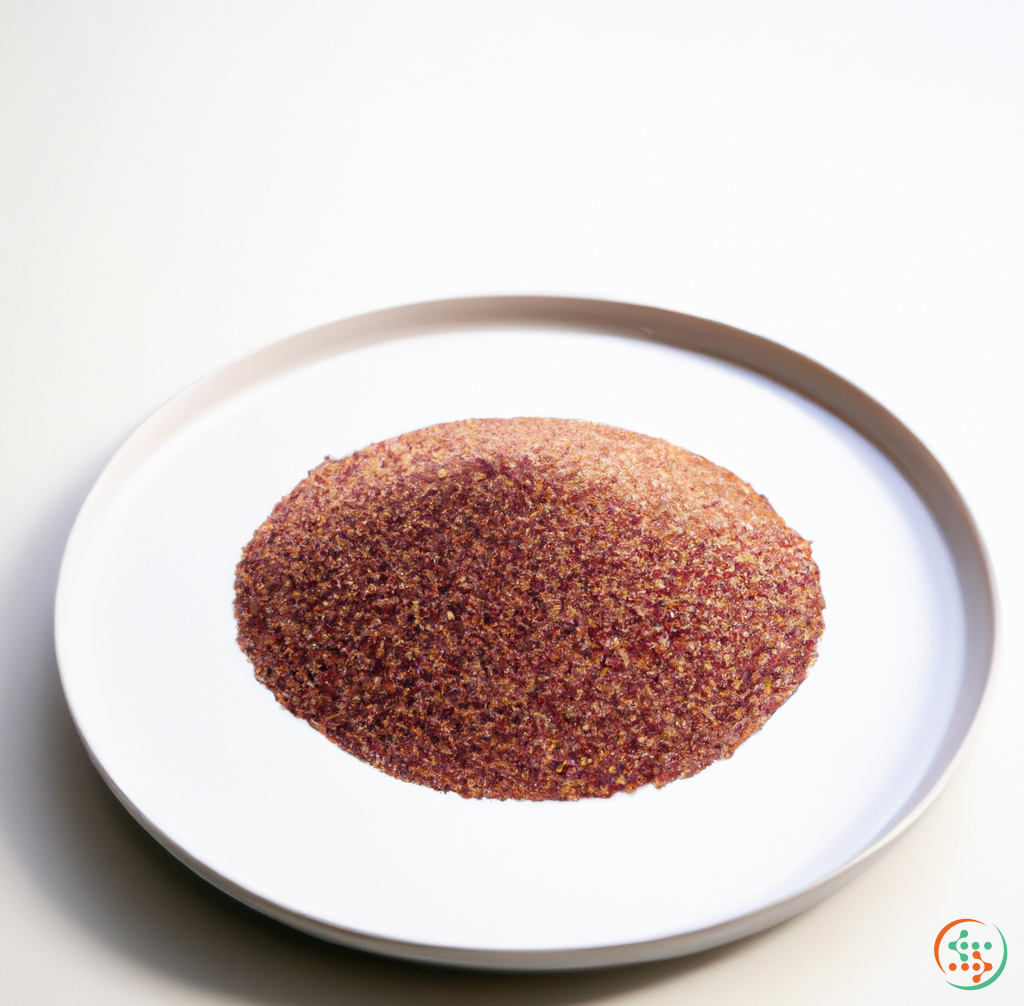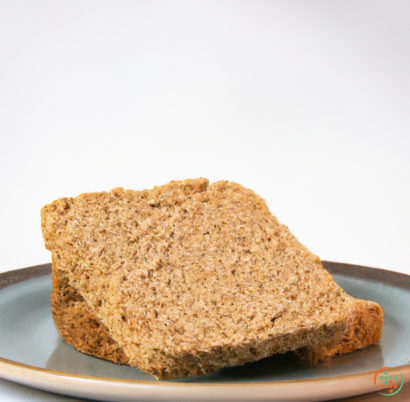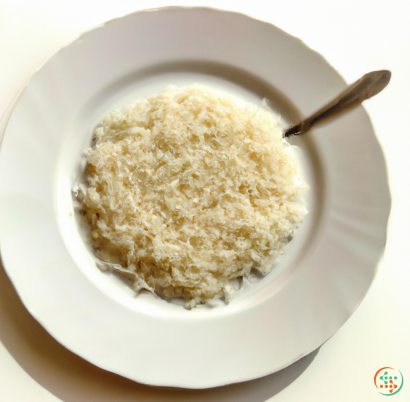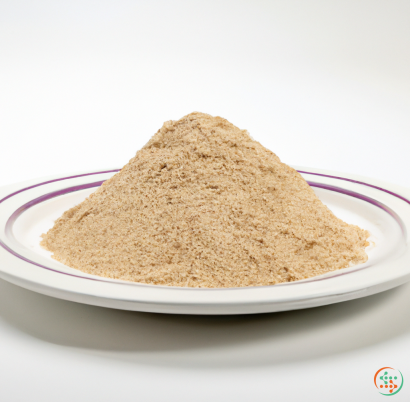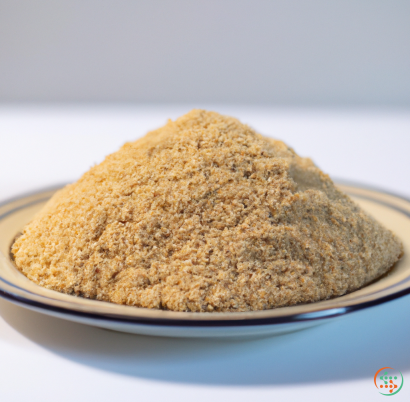Amaranth Grain
Amaranth grain is an ancient superfood that has recently been rediscovered and become a staple in many health-conscious households. It is an ancient grain that has been a staple in many civilizations since its discovery thousands of years ago. This nutritious superfood is an excellent source of much-needed minerals and vitamins, as well as being high in protein and fiber. It is also known for its unique taste and texture, and its ability to add nutritional value to dishes.
Amaranth is an Annual Plant that is cultivated for its seed, which is a type of seed pseudo-grain, not truly a grain but still classified as such. It is believed to have originated in Mesoamerica and was a staple crop among the Aztec and Maya civilizations. There are now over 60 species of Amaranth growing in many parts of the world and it is also used as a decorative ornamental plant in gardens.
Amaranth grain contains a variety of essential minerals, vitamins and other nutrients required for healthy living. It is low in fat and contains high levels of calcium, iron, manganese, phosphorus and copper, in addition to dietary fiber. It is also a good source of magnesium, zinc and selenium, and it contains all nine essential amino acids. It is low glycemic, making it a good choice for those with blood sugar issues, and it contains significant amounts of lysine, an important amino acid that helps rebuild muscle.
Amaranth grain is often used in a number of different dishes and can be incorporated into meals in a variety of ways. It can be cooked in a similar way to rice or other grains, or even in porridge for a nutritious breakfast. Amaranth grain can also be used for baking bread, oats, hot cereal and pilafs. It takes less time to cook than traditional grains and has a unique, nutty flavor and texture that ads depth to many dishes. This superfood can also be eaten raw, as a snack, or as a topping to salads and smoothies.
When shopping for Amaranth grain, it’s important to look for whole-grain varieties, as these are the most nutrient dense. Amaranth grain can be found in most grocery stores, health food stores and online. Always look for organic varieties, as some non-organic varieties may be contaminated with pesticides. Additionally, look for unprocessed seeds, as they preserve higher amounts of nutrients and vitamins.
Amaranth grain is a healthful and nutritious addition to any diet. Its unique flavor and texture can add an array of nutritional value to many dishes. It is also growing in popularity and is becoming more widely available in grocery stores, health food stores and online. Whether you are looking to add a new source of nutrients to your diet or just looking for something a bit different, Amaranth grain is the perfect choice.
Amaranth: Exploring the Cycle from Grain to Plate
Amaranth is a unique grain, often considered an ancient grain because of its long history in traditional societies. It is a beneficial carbohydrate source that contains multiple essential minerals and vitamins, and due to its rich nutritional content, amaranth is becoming more popular in many food systems and diets.
Because of its positive environmental effects and its digestible quality, amaranth is considered a valuable crop for sustainable food systems, and understanding the journey from grain to plate is important for knowing how to maximize its potential use. For example, most crops may have greater nutrient retention or lower chemical inputs when grown and harvested differently, so understanding the cycle from grain to plate can aid in utilizing amaranth to its full potential.
This blog post will explore the life cycle from seed to plate of amaranth, from seed production to sourcing, cultivation, harvesting, post-harvest processing, marketing, preparation, and storage.
Seed Production
Amaranth is a grain that comes from the plant Amaranthus, which is native to central Mexico and it is now grown in other parts of the world. The process of growing amaranth begins with seed production, and there are two ways to produce amaranth seeds. The first is through traditional crop breeding and hybridization, which is done by planting both male and female parent plants together and then collecting the seed heads that form after pollination.
The second way to produce amaranth seeds is through tissue culture, which is becoming increasingly more popular. With tissue culture, small pieces of amaranth tissue are grown in a nutrient solution and then transferred to a soil and air medium where they will grow and eventually produce seed.
Seed Sourcing
Once the amaranth seeds have been produced, the next step is to source them. Amaranth seeds can be found in most seed stores, and some stores offer organic or heirloom varieties. Amaranth seeds can also be purchased online or through a small-scale producer if you are located in an area where large-scale production is not available. If you are looking for organic or heirloom seed varieties, it is important to purchase from a reputable source.
Cultivation
Once you have sourced amaranth seeds, the next step in the cycle from grain to plate is cultivation. Amaranth is an annual crop, so it must be planted each year, and it grows best in warm, sunny climates with moderate amounts of rainfall.
When planting amaranth, it is important to till the soil before planting to loosen and aerate it. Amaranth prefers well-drained, sandy soil, and it should not be planted too close together, as the plants need room to grow. Amaranth is also sensitive to frost, so it must be planted after all danger of frost has passed.
Harvesting
Once the amaranth plants have grown to maturity, the next step is harvesting. Amaranth can be harvested in a few different ways. For small-scale producers, the most common way to harvest amaranth is by hand. This can be done by cutting off the tops of the plants or cutting down the entire plant and shaking off the grains.
For large-scale producers, a combine harvester may be used to mechanically harvest the amaranth. This method is more effective, but it can also lead to a lower seed quality as the mechanical action may damage the grain.
Post-Harvest Processing
Once amaranth has been harvested, it must be cleaned and processed before it can be used as a food source. The amaranth grain must be dried to reduce its moisture content and then it must be milled to separate the husk from the grain. After the grain has been milled, it must be cleaned to remove any remaining impurities.
The grain must also be dehulled, which involves removing the protective husk from the grain. Once the grain has been processed, it can then be used as a culinary ingredient.
Marketing
Once the amaranth grain has been processed, the next step is to market the product. Amaranth can be marketed by organic, health food, or specialty stores, depending on its target audience. It can also be sold directly to consumers at farmers markets or through online retailers.
Preparation
Once the amaranth grain has been sourced and processed, it is time to prepare it for eating. Amaranth can be cooked in a variety of ways, such as boiled, steamed, or roasted. It can also be mixed into other dishes, such as salads, soups, stews, and pilafs. Amaranth can also be ground into a flour and used in baking.
Storage
The final step in the cycle from grain to plate is storing the amaranth. It is important to store amaranth in an airtight container in a cool, dry place. If stored properly, amaranth will last for up to a year.
Conclusion
The cycle from grain to plate of amaranth is a varied journey. It begins with seed production, followed by sourcing, cultivation, harvesting, post-harvest processing, marketing, preparation, and storage. Understanding this journey is important for making the most of this valuable grain, as understanding how it is grown and processed can help to ensure that it remains a positive environmental choice.
| Vitamin E | 0.19 mg | |
| Vitamin B1 | 0.02 mg | |
| Vitamin B2 | 0.02 mg | |
| Vitamin B3 | 0.24 mg | |
| Vitamin B6 | 0.11 mg | |
| Vitamin B9 | 0.022 mg |
| Calcium | 0.047 grams |
Daily Value 1.3 g
|
| Iron | 0.0021 grams |
Daily Value 0.018 g
|
| Magnesium | 0.065 grams |
Daily Value 0.4 g
|
| Phosphorus | 0.148 grams |
Daily Value 1.25 g
|
| Potassium | 0.135 grams |
Daily Value 4.7 g
|
| Sodium | 0.006 grams |
Daily Value 2.3 g
|
| Zinc | 0.86 mg |
Daily Value 0.011 g
|
| Copper | 0.15 mg |
Daily Value 0.9 mg
|
| Manganese | 0.85 mg |
Daily Value 0.0023 g
|
| Selenium | 0.0055 mg |
Daily Value 0.055 mg
|
| Total Sugars | 0.131141 grams |
per 100g
|
